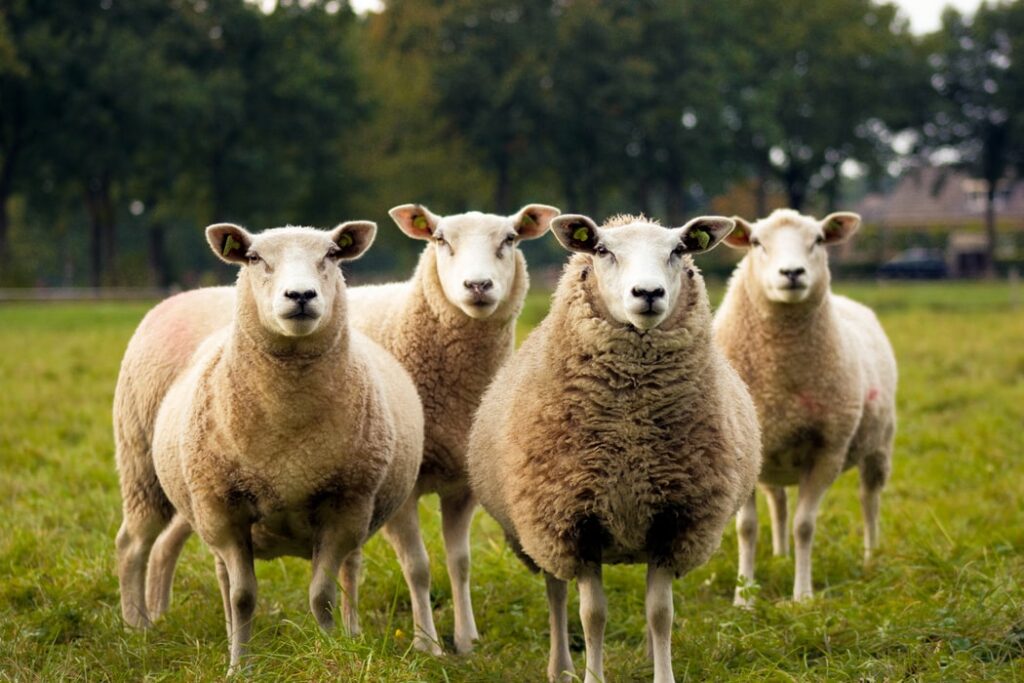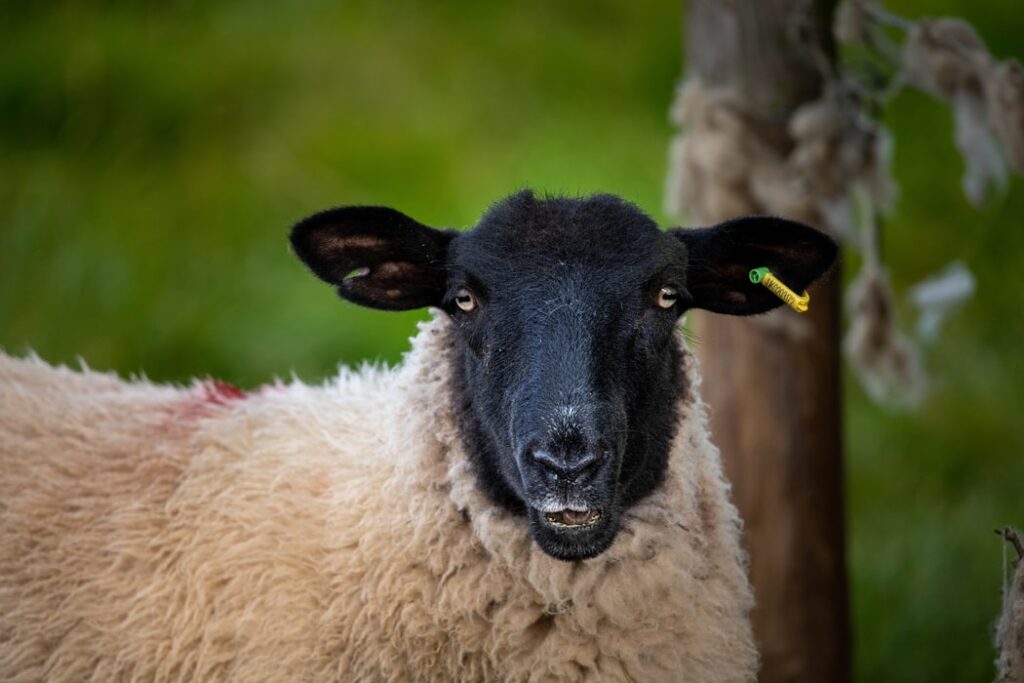
When the spring lambing is over, the grazing season starts, and the risk of diseases increases.
Maintaining health is a priority for achieving superior production of sheep for sale. According to good zootechnical practices, preventive sanitary and veterinary hygiene is crucial for ensuring the protection of sheep against bacterial, viral, parasitic, and nutritional diseases.
This article presents the diseases that can affect sheep at the beginning of grazing and how they can be prevented and treated, so keep on reading:
Shepherds must know what the main infectious and parasitic diseases are, and how they can be prevented. To this end, each farmer must have, at the beginning of the year, a plan drawn up with the veterinarian, to include prophylactic actions and the period when such actions must be carried out. Vaccination by inoculation of a vaccine (a biological preparation, which, after administration, triggers an immune response in vaccinated individuals) is a prophylactic method applied to activate immunization against certain diseases.
How to prevent common diseases during grazing

Here are some infectious and parasitic diseases that most commonly affect sheep during grazing and can be prevented by vaccination or treatment.
- Contagious agalactia (white spot disease) – vaccination is applied preventively in the second part of pregnancy, but also, if necessary, during lactation. The disease affects the mammary gland (the mammary gland is edematous, painful, and reddish) and causes a severe decrease in milk production and even cessation of lactation. The vaccine against contagious agalactia, 1 ml of hydroxide suspension, is used for immunization, regardless of the weight and age of the sheep.
- Gangrenous mastitis (black/blue bag) is an infectious disease that can cause gangrene of the mammary gland (which becomes red-purple, hot, and painful) in 50% of the cases and even the death of affected sheep.Control by vaccination significantly reduces the chances of developing the disease in both types of agalactia (white spot disease/blue bag). The best results are obtained when vaccination is done in the second part of pregnancy, but also during lactation.

- Infectious pododermatitis (sheep lameness – foot rot) of sheep occurs frequently, regardless of age, and severely affects the hoof horn. During the stabling period, the lime-straw mattress must be changed daily (0.2-0.3 kg of clean straws). Also, 200 g/sqm of limestone dust and a layer of clean straw (0.4-0.5 kg/sqm) on top must be laid on the stall floor once a week. At the beginning of the grazing period, it is recommended to use a vaccine or a local treatment for the affected sheep, after cleaning the hooves and cutting the excess horn. If the disease occurs in many sheep, foot soaking in a 10% formalin solution or ammonium nitrate solution is recommended.
- Anthrax (manifested by high fever, difficult breathing, quick death) affects not only sheep but also humans. For prevention, a special vaccine is used in sheep over 2 months of age.
- Bluetongue (bluetongue disease – fever, the tongue becomes heavily swollen and cyanotic, rapid breathing) is highly contagious but can be prevented with a vaccine.
- Anaerobiosis caused by Clostridium spp. causes eight serious diseases (affecting the nervous, digestive, and renal system), usually in very well-kept sheep. The recommended treatments gave unsatisfactory results, especially when sudden changes in feeding stuff were made. In sheep herds where the disease has occurred, serumization can be done with polyvalent antiperfingens serum, and then the sheep can be vaccinated with inactive anaerobic vaccines.
What parasites can infect sheep when grazing on pastures?
In the extensive breeding system, parasitic diseases produce the highest losses during the grazing period unless they are properly treated.
For the prevention and control of some internal parasites, after establishing the diagnosis, specific veterinary products can be used.

- Tapeworms are very common on low pastures with puddles of water and is caused by flat ribbon-shaped worms located in the intestine, more common in lambs (weight loss, large abdomen, visible elimination of tapeworms). Adult sheep may be contaminated as well but show no typical signs and become carriers and sources of fecal-contaminated eggs.The treatment is done with albendazole in the doses specified on the products. Occasionally, copper sulfate 2% solution administered 2 ml/kg orally can also be used.
- If fascioliasis is left untreated at the beginning of the stabling period (October-November) it becomes severe (anemia, diarrhea, severe weight loss, sometimes abortions) in winter (December-January) and spring. The first mandatory treatment is done in spring (March) before grazing and then 1-2 more treatments during grazing if the laboratory tests of feces confirm the presence of eggs and larvae of Fasciola hepatica. It is a common and extremely severe parasitic disease that affects adult sheep production and the growth of lamb, sometimes causing their death.The treatment is done with triclabendazole, which is effective at any stage of fasciola development. Albendazole is also effective in this case. Also, immediately after grazing, treatment is applied to combat dictyocaulosis (serous mucus, nasal crusts, cough, dyspnea), with a 10%, solution containing fenbendazole administered orally, 2.5 ml / 50 kg in a single dose.
- To control external parasites (lice, scabies, ticks) ivermectin is used as an injectable solution in a dose of 1 ml / 50 kg administered subcutaneously. This treatment is repeated, usually at the beginning of the stabling period.
- Tetany. The sudden transition of sheep from stabling to grazing on grass lush pastures can cause grass tetany (stiff gait, lying down, muscle stiffness caused by magnesium deficiency in the blood). The use of mineral blocks for licking in the stable and in the first grazing period significantly reduces the risk of this disease.

Maintaining herds and flocks of sheep healthy and reducing the diseases should be the main concern of any sheep producer because this guarantees good revenue and quality replacement lambs.
In case you need more information about this topic, visit https://seradria.com/














